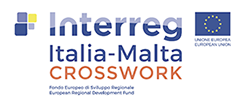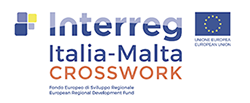The Administrative System
Italian Republic, born in 1946, has been part of the European Union (EU) since 1957, when it was defined as the European Economic Community. Italy is therefore one of the 6 founding countries of the EU (currently made up of 27 countries), along with France, Germany, Belgium, the Netherlands and Luxembourg. Italy is a parliamentary republic. The President of the Republic is elected by the Parliament in joint session and remains in office for 7 years and can be re-elected, while the Parliament has a term of 5 years.
The laws that regulate the Italian political system are contained in the fundamental law of the Republic, the Constitution. The Italian political system is organized according to the principle of the separation of powers.
Legislative power - the power to make laws, which are then promulgated by the President of the Republic - belongs to Parliament. The Parliament is divided into two chambers: the Senate of the Republic and the Chamber of Deputies.
The Constitutional Court has the task of verifying that laws are not taken against the Constitution. The President of the Republic elects one third of the judges who preside over it. Another third is elected by Parliament and the remaining third by the Magistrature.
Executive power - the power to direct the bodies of the Public Administration (PA), applying the laws - belongs to the Government. The Government is made up of three bodies: the President of the Council of Ministers, the Council of Ministers, and the Ministers with and without portfolios. Ministers with portfolios are those at the head of a dicastery, or rather of an apparatus of the PA competent for a specific sector.
The judicial power - the power to guarantee the correct conduct of civil, criminal and administrative disputes and therefore to judge and possibly punish those who do not respect the law - belongs to the Magistrature. The Magistrature constitutes an autonomous and independent order with respect to the parties. The Superior Council of the Magistrature (CSM) governs the JMagistrature and therefore the latter is not under the control of the Minister of Justice.
Useful links
Portal of the law: http://www.diritto.it/
Constitutional Court: http://www.cortecostituzionale.it/
Italian Government: http://www.governo.it/
Ministry of Justice: http://www.giustizia.it/
Italian Parliament: http://www.parlamento.it/

